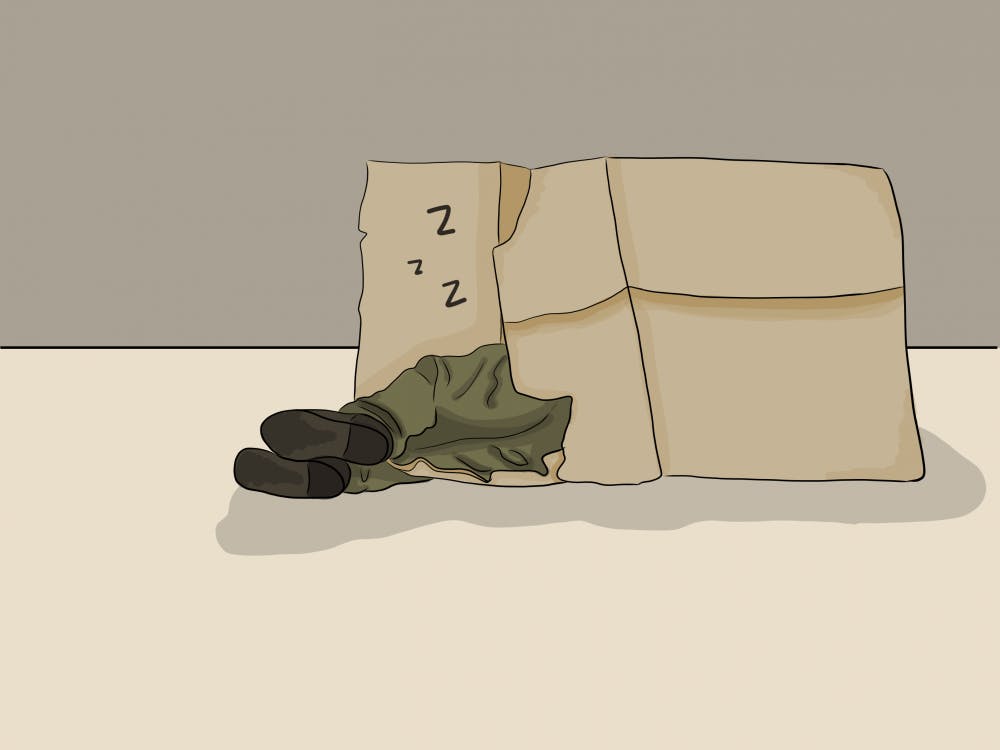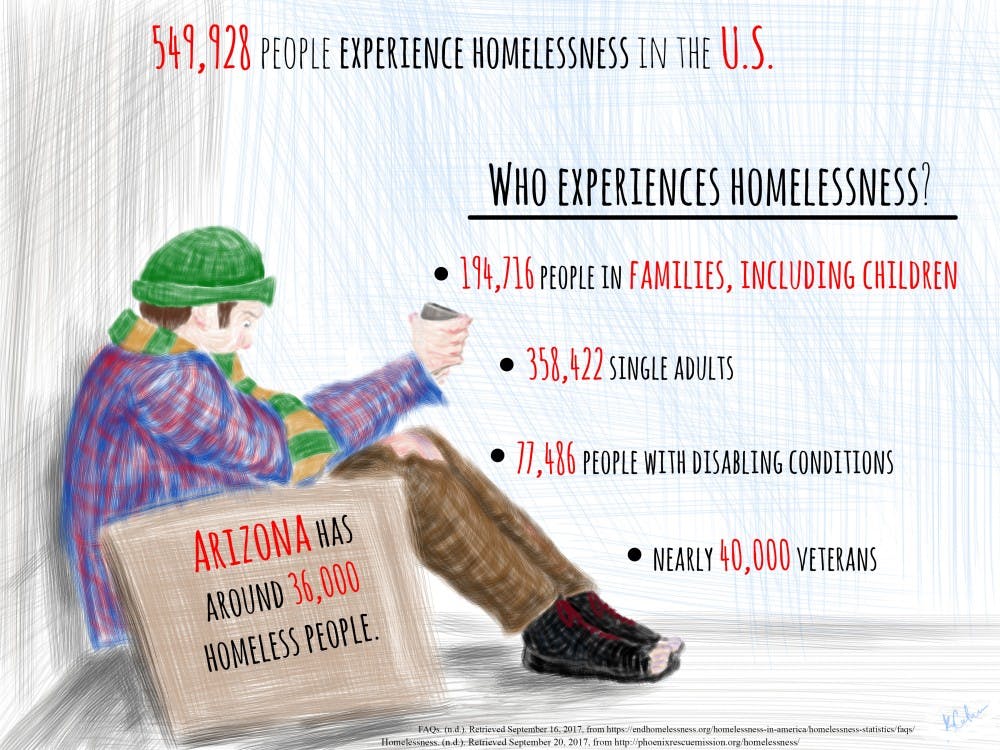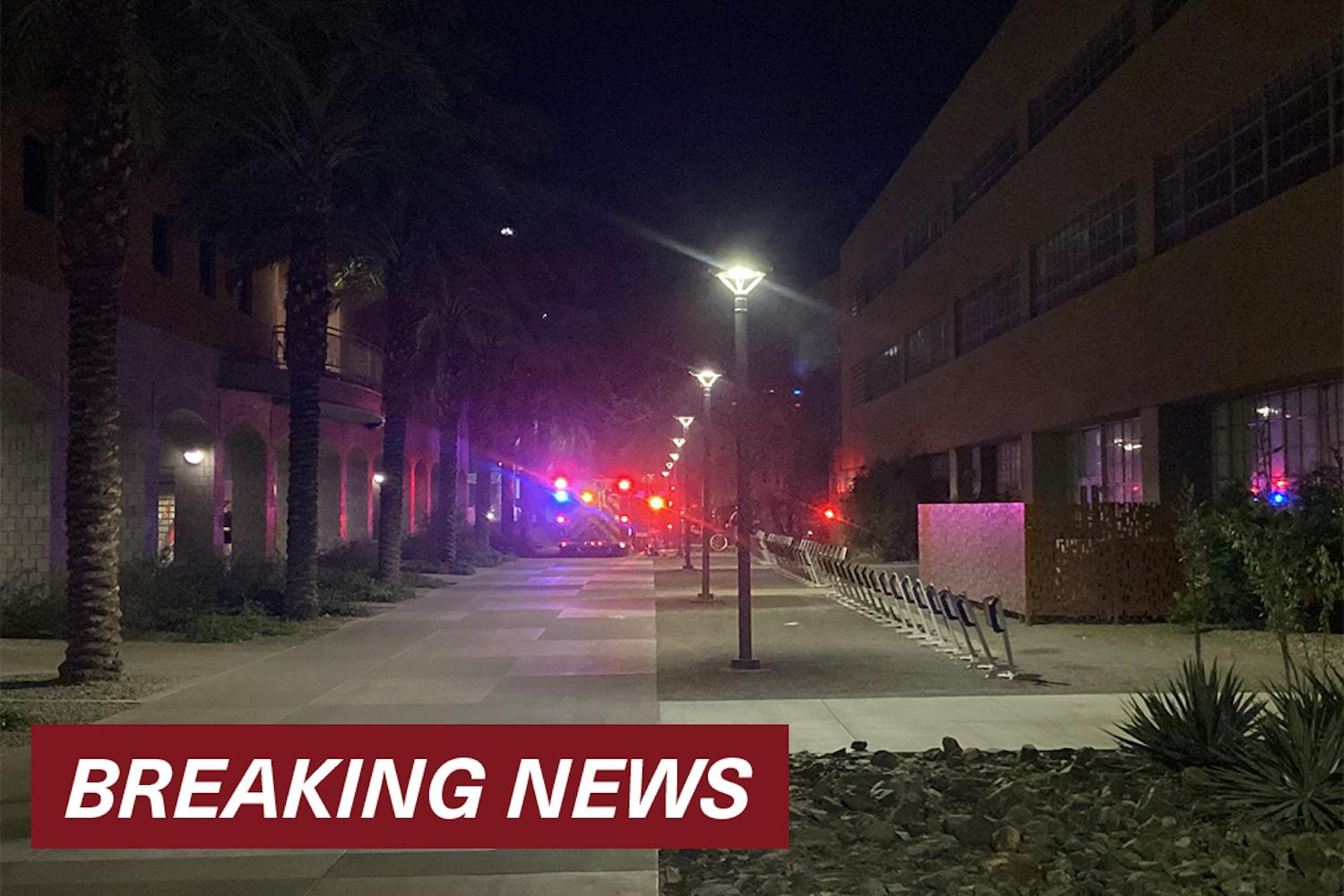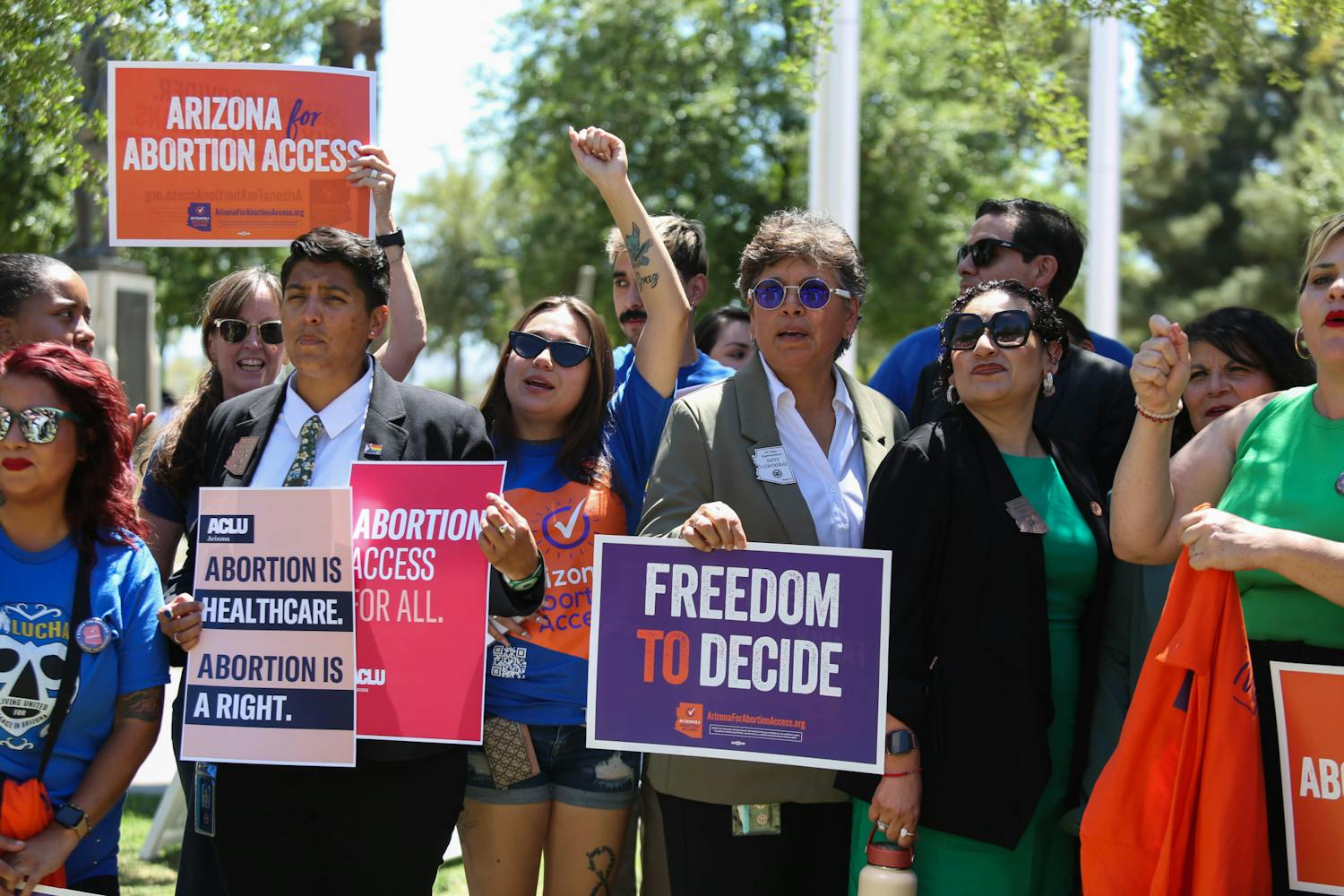There is a horrible negative stigmatization of people suffering from homelessness in America. When passing a homeless person on the sidewalk, people automatically assume that the homeless are a product of their environment due to internal factors instead of attributing their homelessness to external factors.
For students at ASU, homelessness is encountered first-hand every day, as a number of homeless people live on or near campus.
Instead of ignoring the homeless, there are many ways that students can help the homeless community without risking their own safety.
People naturally assume the cause of homelessness is recklessness with finances, substance addiction, previous incarceration or mental health issues.
They keep walking, never wanting to investigate further into these reasons. However, many Americans are much closer to homelessness than they realize.
In 2014, 45.7 percent of Arizonans reported being liquid asset poor, which refers to having little to no savings. This means that if a crisis were to arrive, such as a job loss or unexpected medical bill, they would be unable to finance it.
As of January 2017, there were 5,605 homeless people in Maricopa County alone. Many of whom are experiencing homelessness for the first time as a result of 2008 economy collapse.
Due to the Downtown Phoenix campus' city location, it creates interesting opportunities for college students to interact with the homeless population.
“You’re putting yourself at risk to help someone who could just really need help, but at the same time, there are facilities where they can go, so it raises the question of why aren’t they there,” Kylie Fila said, a medical studies freshman.
Dependable resources are difficult to come across, and just because resources are offered it does not mean that they are easily accessible. According to the National Coalition for the Homeless, 44 percent of those suffering from homelessness with a job still cannot break the cycle.
The role of mental illness and disabilities also negatively affects the potential of employment, hindering the already limited opportunities in the job market and making it increasingly difficult for homeless people to get hired.
“I think there is a great percentage that have mental health issues and don’t know or can’t get help from themselves so I think at one part that makes them scary because you never know what they are going to do but that doesn’t mean that they don’t need help or should not get help,” Fila said.
While students have the means to Google any inconvenience, life on the streets without internet makes seeking out viable solutions inconceivable.
One local option for the homeless in downtown Phoenix is Terros healthcare organization and homeless outreach program.
“Our clients sometimes get lost in routine with being homeless, and we are trying to get them back into being stable, getting housed and getting a job," Emily Halling, a prevention specialist at Terros who helps run the homeless outreach program, said.
"With presenting general mental in the morning program, it opened a lot of peoples’ eyes because either they had a diagnoses a long time ago, and they are trying to get back into treatment or they are realizing their trauma from becoming homeless is becoming a mental health issue, which is an important self-realization," Halling said.
There are other possible shelter opportunities in Arizona, but when lacking access to the resources to discover these opportunities, it is almost as if they are purely nonexistent.
As students, many want to help and get involved in their community but feel doing so would put their personal safety at risk. However, it is easy to get involved in the Sun Devil community such as by joining the club Homeless Outreach and Proactive Encouragement (H.O.P.E.).
Halling said that students could help the homeless with little risk but if they still felt a conflict of safety, they could at least point them in the direction of someone who could help them.
“Most of the time college students are not at risk if they want to help someone that is homeless, but I understand that people are afraid for their safety," said Halling. "If the students want to reach out to us at Terros, we can give them the resources to give to the homeless individuals. Also, we suggest not giving money but taking them to buy food or water.”
Those suffering from homelessness face challenges daily in a world that is unimaginable until one has experienced it.
Homelessness often occurs due to unforeseen circumstances, and students should do what they can to help their community as long as they feel safe.
Reach the columnist at hncumber@asu.edu or follow @hncumber on Twitter.
Editor’s note: The opinions presented in this column are the author’s and do not imply any endorsement from The State Press or its editors. Want to join the conversation?
Send an email to opiniondesk.statepress@gmail.com. Keep letters under 500 words and be sure to include your university affiliation. Anonymity will not be granted. Like The State Press on Facebook and follow @statepress on Twitter.





